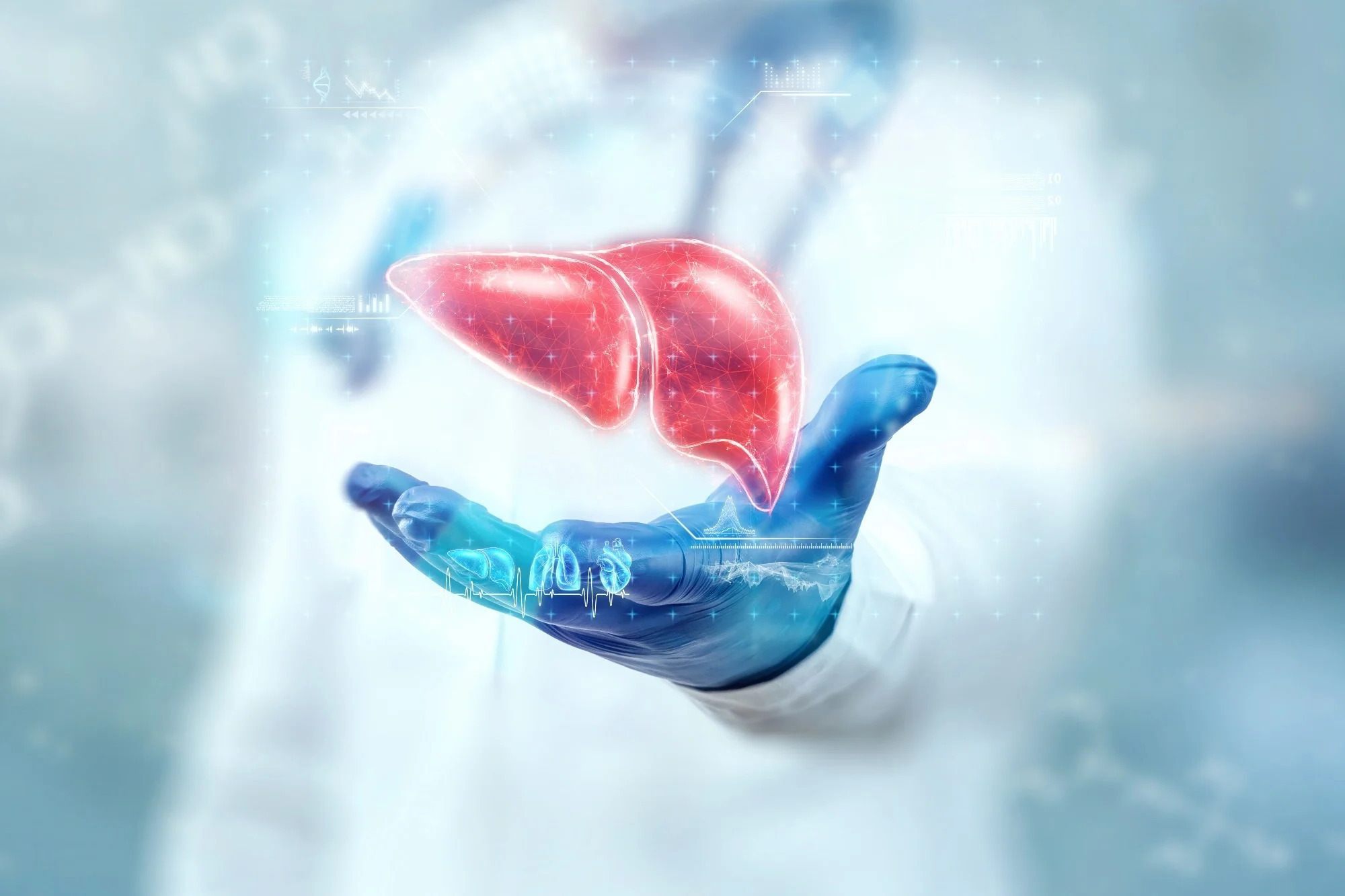
What is Cholesterol Ester Storage Disease? Cholesterol Ester Storage Disease (CESD), also known as lysosomal acid lipase deficiency (LAL-D), is a rare genetic disorder. It causes the buildup of cholesterol esters and triglycerides in the body's tissues. This happens due to mutations in the LIPA gene, which is crucial for breaking down these lipids. CESD can lead to various symptoms, including abdominal pain, diarrhea, vomiting, and cardiovascular issues. The disease is inherited in an autosomal recessive pattern, meaning both parents must carry the defective gene. Early diagnosis and treatment are vital for managing symptoms and improving quality of life.
Key Takeaways:
- Cholesterol Ester Storage Disease (CESD) is a rare genetic disorder causing cholesterol and triglyceride buildup. Early diagnosis and family history awareness are crucial for managing this condition.
- Enzyme replacement therapy (ERT) is available to manage CESD, but there is no cure. Ongoing research aims to improve understanding and develop more effective treatments for this rare genetic disorder.
Understanding Cholesterol Ester Storage Disease
Cholesterol Ester Storage Disease (CESD), also known as Lysosomal Acid Lipase Deficiency (LAL-D), is a rare genetic disorder. It involves the accumulation of cholesterol esters and triglycerides in the body's tissues. This condition arises from mutations in the LIPA gene, which is crucial for lipid breakdown in lysosomes. Let's dive into 25 key facts about CESD.
-
Definition and Classification: CESD is a type of lysosomal storage disease, specifically a deficiency of lysosomal acid lipase (LAL). It is often referred to as LAL-D due to its association with this enzyme deficiency.
-
Prevalence: CESD is a rare disorder, with an estimated prevalence ranging from 1 in 40,000 to 1 in 300,000 individuals.
-
Inheritance Pattern: CESD is inherited in an autosomal recessive pattern, meaning that an individual must inherit two defective copies of the LIPA gene (one from each parent) to develop the disease.
-
Genetic Basis: The disease is caused by mutations in the LIPA gene, which encodes the lysosomal acid lipase enzyme. These mutations can result in either partial or complete loss of enzyme activity.
-
Enzyme Function: Lysosomal acid lipase is crucial for the hydrolysis of triglycerides and cholesteryl esters within lysosomes. Without this enzyme, these lipids accumulate in tissues.
Symptoms and Diagnosis
CESD can present a variety of symptoms, making diagnosis challenging. Understanding these symptoms and the diagnostic methods is essential for early detection and management.
-
Symptoms: Symptoms of CESD can vary widely but often include abdominal pain, diarrhea, vomiting, malabsorption, cholestasis, gallbladder dysfunction, steatorrhea (oily stools), and cardiovascular complications.
-
Age of Onset: The median age of first manifestation is about 6 years, though it can range from birth to adulthood.
-
Liver Involvement: The liver is frequently affected, leading to hepatomegaly (enlarged liver) due to hepatic steatosis (fatty liver) and fibrosis that can progress to micronodular cirrhosis.
-
Cardiovascular Complications: Premature atherosclerosis is a common complication, which can lead to severe cardiovascular issues.
-
Growth Retardation: Children with CESD often suffer from growth retardation due to malabsorption and other metabolic disturbances.
-
Diagnostic Methods: Diagnosis can be confirmed through enzyme-based blood tests measuring lysosomal acid lipase activity in peripheral leukocytes or dried blood. Liver biopsy may also be performed to assess tissue damage.
-
Prenatal Diagnosis: Prenatal screening is possible via chorionic villus sampling if the disease is suspected in a fetus.
Family History and Treatment
Family history plays a crucial role in identifying potential cases of CESD. While there is no cure, treatments are available to manage the condition.
-
Family History: Collecting family health history is crucial for identifying potential cases. Discussing symptoms and exposures with a medical team can help identify patterns that may indicate CESD.
-
Treatment Options: Currently, there is no cure for CESD. However, enzyme replacement therapy (ERT) is available and can help manage the disease by replacing the deficient enzyme.
-
Survival Rates: Without treatment, survival times are highly variable. Some individuals may survive into adulthood, while others may experience fatal outcomes in childhood or adolescence.
Comparisons and Complications
Understanding how CESD compares to other similar diseases and its complications can provide a clearer picture of its impact.
-
Wolman Disease Comparison: CESD is less severe than Wolman disease, which is caused by a complete lack of lysosomal acid lipase activity. Wolman disease is typically fatal within the first two years of life.
-
Lipid Accumulation: The accumulation of cholesterol esters and triglycerides in tissues leads to various metabolic disturbances and organ dysfunction.
-
Biochemical Markers: Elevated levels of total cholesterol and LDL cholesterol are common, while HDL cholesterol may be decreased, and triglycerides may be increased.
-
Liver Enzymes: Increased transaminases are an early sign of liver involvement in CESD.
-
Histopathological Features: Distinctive histopathological features include the accumulation of lipid droplets in liver cells, which can be observed in liver biopsy specimens.
Clinical Variability and Genetic Testing
The clinical presentation of CESD can vary widely among affected individuals. Genetic testing can help determine the risk and presence of the disease.
-
Clinical Variability: The clinical presentation of CESD can vary widely among affected individuals, ranging from mild symptoms in adulthood to severe manifestations in childhood.
-
Genetic Testing: Genetic testing can determine whether a couple is at increased risk of having a baby with CESD. This involves identifying mutations in the LIPA gene.
Resources and Future Therapies
Support and research are crucial for managing CESD and improving outcomes for those affected.
-
Rare Disease Resources: Organizations like the National Organization for Rare Disorders (NORD) and the Genetic and Rare Diseases Information Center (GARD) provide valuable resources for families affected by rare diseases, including CESD.
-
Research and Awareness: Ongoing research aims to improve our understanding of CESD and develop more effective treatments. Increased awareness among healthcare providers and the general public is crucial for early diagnosis and management.
-
Future Therapies: Researchers are exploring new therapeutic approaches, including gene therapy and pharmacological interventions aimed at enhancing lysosomal acid lipase activity or mitigating its deficiency.
Final Thoughts on Cholesterol Ester Storage Disease
Cholesterol Ester Storage Disease (CESD) is a rare genetic disorder that significantly impacts those affected. With symptoms like abdominal pain, liver enlargement, and cardiovascular issues, early diagnosis and management are crucial. CESD stems from mutations in the LIPA gene, leading to a deficiency in lysosomal acid lipase, which causes lipid accumulation in tissues. Though there's no cure, enzyme replacement therapy offers hope for managing the condition. Understanding the genetic basis, symptoms, and available treatments helps in providing optimal care. Ongoing research and increased awareness are essential for improving outcomes and developing new therapies. Families affected by CESD can find support through organizations like NORD and GARD. By staying informed and proactive, individuals with CESD can navigate the challenges of this complex disease more effectively.
Frequently Asked Questions
Was this page helpful?
Our commitment to delivering trustworthy and engaging content is at the heart of what we do. Each fact on our site is contributed by real users like you, bringing a wealth of diverse insights and information. To ensure the highest standards of accuracy and reliability, our dedicated editors meticulously review each submission. This process guarantees that the facts we share are not only fascinating but also credible. Trust in our commitment to quality and authenticity as you explore and learn with us.


